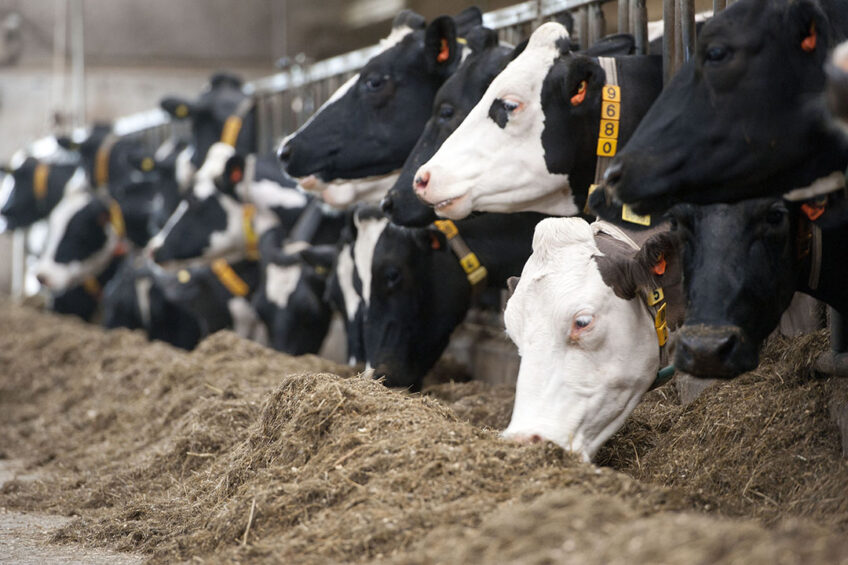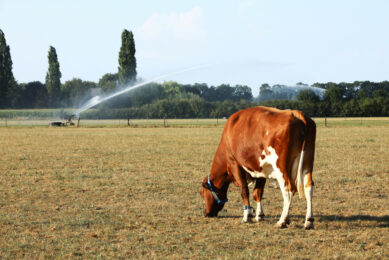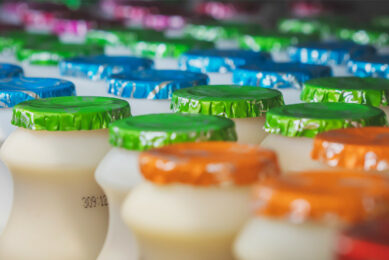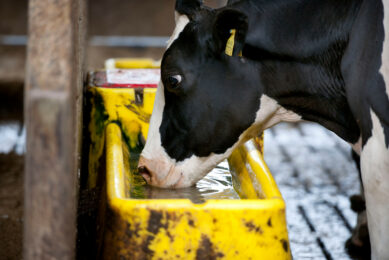How selenium reduces heat stress effects

We look at the newest findings on using the best form of selenium to help dairy cows cope, but costs need to be carefully examined.
It’s likely that summer 2020, as was the case in various parts of the world over the last few summers, will encompass more days with abnormally-hot temperatures.
It’s therefore critical that heat stress be properly managed in all livestock, including dairy herds. Indeed, researchers at Zhejiang University, China and the University of Vermont, US report that almost 60% of dairy cows around the globe ‘often’ can experience extreme temperature-humidity index levels. These scientists note that hot conditions can “induce oxidative stress and inflammation, increase the risk of health problems and reduce milk production.”

There is good news, however, in that these and other research groups have been studying how selenium (Se) reduces heat stress effects at the cellular biochemical level.
Selenium – kill pathogens
Previous research has shown that Se is also involved in the expression of genes related to antioxidation, genes that orchestrate the metabolism of hydrogen peroxide and other oxidants. “In addition,” states the China-Vermont research team, “Se can cooperate with immune responses to produce inflammation-related enzymes to kill pathogens. Because of these beneficial effects of Se, various forms of Se have been used as feed additives in animal production in many countries.”
Of the two Se additives, organic (selenite methionine or SM) and inorganic (sodium selenite or SS), inorganic is less expensive. Costs aside however, it’s important to determine if and how these sources differ in protection against heat stress, and also if differences exist in their assimilation from the diet.
In March 2019, the China-Vermont team published a ground-breaking study on the specifics of how both forms of Se help protect against heat stress in several types of dairy cow cells. The team concluded that pre-treatment with both forms of Se reduced cell heat shock response, but that cells were found to be more tolerant to SM. The two forms of Se appeared to affect the expression of different genes, and both forms modulate antioxidation and immunity response through different enzymes and cytokines.
In 2018 however, scientists at China’s Institute of Animal Science and other Chinese research institutes, the Instituto Nacional de Investigacion y Tecnologia Agraria y Alimentaria in Spain and Iowa State University in the U.S. published results showing organic Se to be more effective than inorganic, but used a specific organic Se form. Supplementing dairy cow diets with this form of organic Se increased total antioxidant capacity and decreased some parameters of heat stress-induced oxidative stress compared with inorganic SS.
The bioavailability factor
It is also important to know if there are differences in how the two main forms of Se are absorbed through the digestive tract of dairy cows. In July 2019, scientists at Trakia University in Bulgaria, the Moscow State Academy of Veterinary Medicine and Biotechnology in Russia and Szent Istvan University in Hungary published a study comparing just this.
Not surprisingly, the team found that organic Se is better assimilated. Rumen microbes appear to reduce inorganic Se to non-available forms, whereas organic Se (SM) “is a natural form of Se, and during evolution,” state the scientists, “the digestive system of animals adapted to utilise this form.”
This research team believes that using organic Se is an important part of the concept of precision nutrition: using “optimal doses of micronutrients in their most effective forms.” They also believe it’s ‘likely’ that over time, the use of SS in feed premixes will be replaced by organic forms of Se.
“However, there is a need for more studies with dairy herds housed in realistic commercial conditions that reflect potentially stressful situations to demonstrate the beneficial/protective effects of organic Se, and to justify any increased cost of supplying organic forms of supplemental Se.”
Join 13,000+ subscribers
Subscribe to our newsletter to stay updated about all the need-to-know content in the dairy sector, two times a week.










